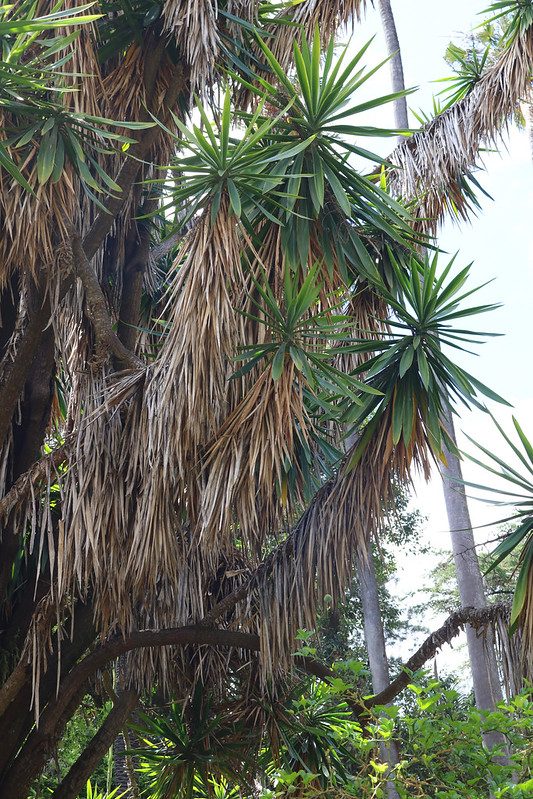See the process of painting on site at the Lisbon Botanical Gardens using various watercolor techniques.
- 24 second short (tiny wc palette)
- 1 min. short (details in watercolor)
- 1 min short (Daniel Smith watercolors)
- 13 min. video (Aloe Plant)
Explained in depth are all the considerations in creating a watercolor painting: color scheme, composition, texture, working reductively in a watercolor painting, and more.
Specific watercolor supplies that are practical for painting on site are explained. Demo and commentary by Art Prof Clara Lieu.

Video Walkthrough
- Watercolor is often perceived as an additive painting process, but working reductively can be really effective!
- To work reductively, use a sponge to lift the watercolor, and then follow up with a wipe with a paper towel.
- Make sure if you work reductively to use very durable watercolor paper.
- When painting on site, it’s really helpful to travel lean and use as few supplies as possible.
- A water brush is really good for travel, it has a compartment in the back where you can pour in water.
- A sumi brush is plump and flexible, although it can be tough to control at first.
- Atmospheric perspective is really useful when you want to create depth in a scene.
- In this case, there were aloe leaves that were very detailed and pronounced in the painting, but also several that were very blurry, which pushes them back into the distance.
- Hot press watercolor paper is smooth, cold pressed watercolor paper is rough.
- Neither is better than the other, it’s a matter of personal preference.
- The amount of water in your brush determines how much control you can have over your strokes.
- The more water that is in your brush, the more the strokes will feel more wild and not under your control.
- When looking at your subject, ask yourself before you even start, what you are trying to portray.
- In this case, the aloe Prof Lieu chose to paint had a very “regal” posture to it that made it feel figurative.
- Getting precise color mixtures with watercolor is really challenging!
- It’s okay to have a color mixing process that is a lot looser and simply an approximation.
- Drawing the initial sketch in watercolor can be really helpful, as you get your head into the mindset of watercolor from the get go.
Art Supplies
- Winsor & Newton Watercolor Block, cold pressed
- Sumi brushes
- Faber-Castell Clic & Go Foldable Water Pot
- Airtight Watercolor Palette
- Pentel water brush
- Winsor & Newton watercolor tubes
- sponge
- paper towels
Reference Photos
Prof Lieu’s Tips

I find often an issue with color mixing is that when people want to mix colors, they tend to add large quantities of paint.
Instead, try adding small increments of paint. This lets you 1) have more control over the mixture and 2) get a greater range of colors.
As a free educational source, Art Prof uses Amazon affiliate links (found in this page) to help pay the bills. This means, Art Prof earns from qualifying purchases.



